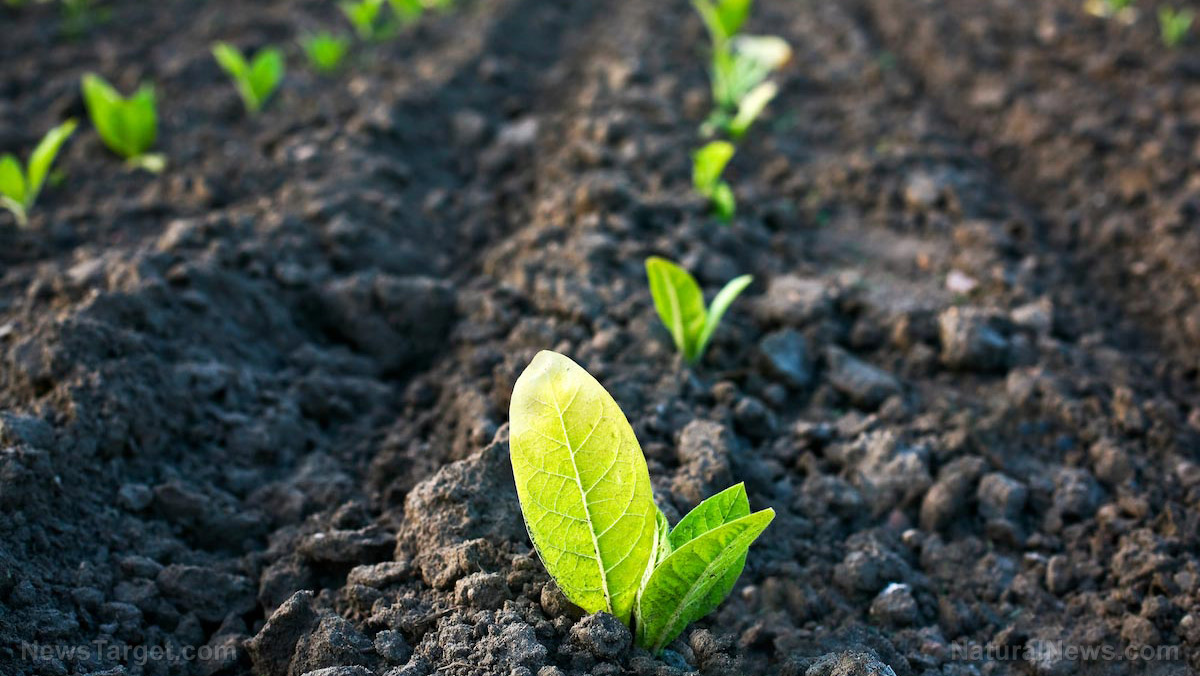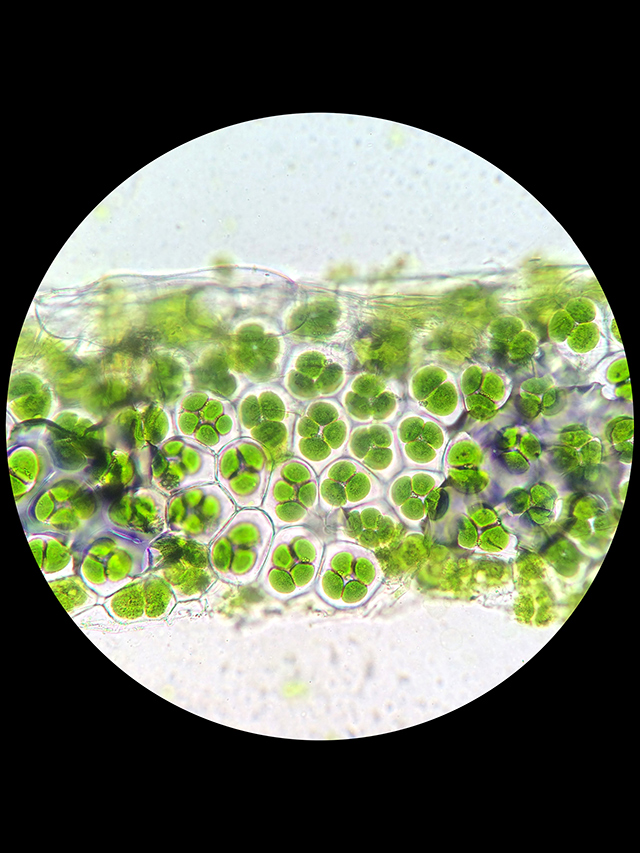Streets of the future could be made out of tire waste and organic wax, according to a study published in the journal Materiales de Construcción. The study revealed that tire waste and organic wax could be used to make sustainable asphalt.
A team of researchers at the Technical University of Madrid in Spain developed a more ecological type of asphalt, which includes the use of rubber powder from old tires and organic waxes. The use of tire waste could reduce environmental problems. Tires may be recyclable but they have become an environmental problem because tire production goes over 300,000 tons each year. In addition, it would save bitumen, a natural resource from crude oil, and the energy of its production.
Moreover, when organic waxes reach their melting point, the binder viscosity of the mixture is reduced. In turn, this reduces the manufacturing temperature in the asphalt plant.
Heating additives and bitumen at a certain temperature is needed when making an asphalt mixture so that the mixture is moldable for its later placing. In the study, they reduced the manufacturing temperature and the placing of asphalt mixtures up to 30 degrees, retaining a good mechanical behavior.
“When reducing the production temperature we also reduce the energy consumption, fuel, and the greenhouse emissions,” said Ana María Rodríguez Alloza, one of the researchers of the study. “This type of mixture with organic waxes would be especially suitable for warm weather countries such as Spain.”
Combining the use of a recyclable material and the reduction of manufacture temperature of the mixtures result in a suitable material that is beneficial environmentally, socially, and economically. The findings of the study indicated that the use of these materials can reduce manufacture temperature without compromising the characteristics and compactability of the asphalt.
Building stronger roads with recycled plastic
More and more people are trying to look for alternative materials in making asphalt mixtures that are beneficial to the environment. An engineer in the U.K. came up with an innovative idea to use plastics in producing enhanced asphalt mixture. Toby McCartney replaced much of the crude oil-based asphalt in the pavement with recyclable plastic bottles cut into tiny pellets. He got the idea for using plastic in roads when he remembered how people in India fill the potholes in the roads with plastic trash and melt it into place. Instead of melting plastic, as it is harmful to the environment, he combined it into road building material as a binder additive. The resulting road was said to be 60 percent stronger compared to traditional roads, 10 times more durable, and a lot more eco-friendly.
Typically, roads are made out of approximately 90 percent rock and sand and 10 percent bitumen. With McCartney’s idea, in which he was able to establish a startup company called MacRebur, the asphalt mixture is bulked up with bitumen and recycled waste plastic. As a result, the roads are stronger and less crude oil is needed to bind the rocks together. Cumbria, an English county, already adopted his product for new public roadways.
On the other hand, the Japanese government is doing otherwise. Japanese government officials plan to make use of the radioactive Fukushima by using dirt from the site to construct new roads. This scheme of the government alarms the residents as it is known that almost everything in and around the Fukushima disaster site could pose a threat to their health. In fact, reports from 2017 revealed that radiation levels at the site could be up to 530 sieverts per hour. At five sieverts per hour, a person may only survive for a few months, while at 10 sieverts, survival is only within a few weeks. One can only imagine the effects of over 500 sieverts.
Read more news stories and studies on protecting the environment by going to GreenLivingNews.com.
Sources include:
AlphaGalileo.com
Curbed.com




















